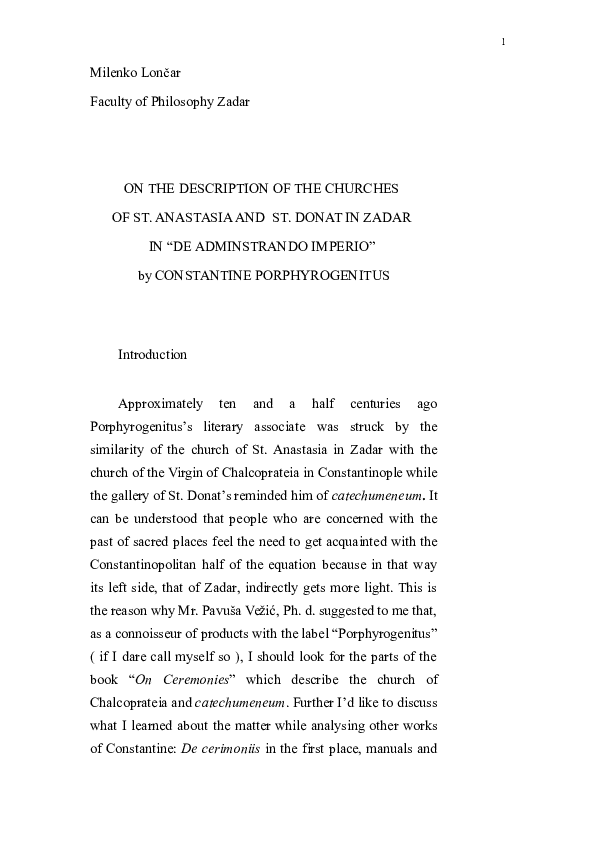
On September 14, 920, Romanos was invested as kaisar (Caesar), and finally on December 17 of the same year he was crowned co-emperor, becoming the effective head of the Byzantine Empire. In May 919 he married his daughter Helena Lekapene to Constantine and was proclaimed basileopator ("father of the emperor"). Gold solidus of Romanos I with his eldest son, Christopher Lekapenosīecoming increasingly influential at court, Romanos exiled his rivals and strengthened his links with the underage Emperor Constantine VII. In the aftermath of the disastrous Byzantine defeat at the Battle of Acheloos in 917 by the Bulgarians, Romanos sailed to Constantinople, where he gradually overcame the discredited regency of Empress Zoe Karvounopsina and her supporter Leo Phokas. In this capacity he was supposed to participate in the Byzantine operations against Bulgaria on the Danube in 917, but he was unable to carry out his mission.

In 911 he was general of the naval theme of Samos and later served as admiral of the fleet ( droungarios tou ploimou).

Although he did not receive any refined education (for which he was later abused by his son-in-law Constantine VII), Romanos advanced through the ranks of the army during the reign of Emperor Leo VI the Wise. Theophylact, as a soldier, had rescued the Emperor Basil I from the enemy in battle at Tephrike and had been rewarded by a place in the Imperial Guard.

Romanos Lekapenos, born in Lakape (Laqabin) between Melitene and Samosata (hence the name), was the son of an Armenian peasant with the remarkable name of Theophylact the Unbearable.


 0 kommentar(er)
0 kommentar(er)
